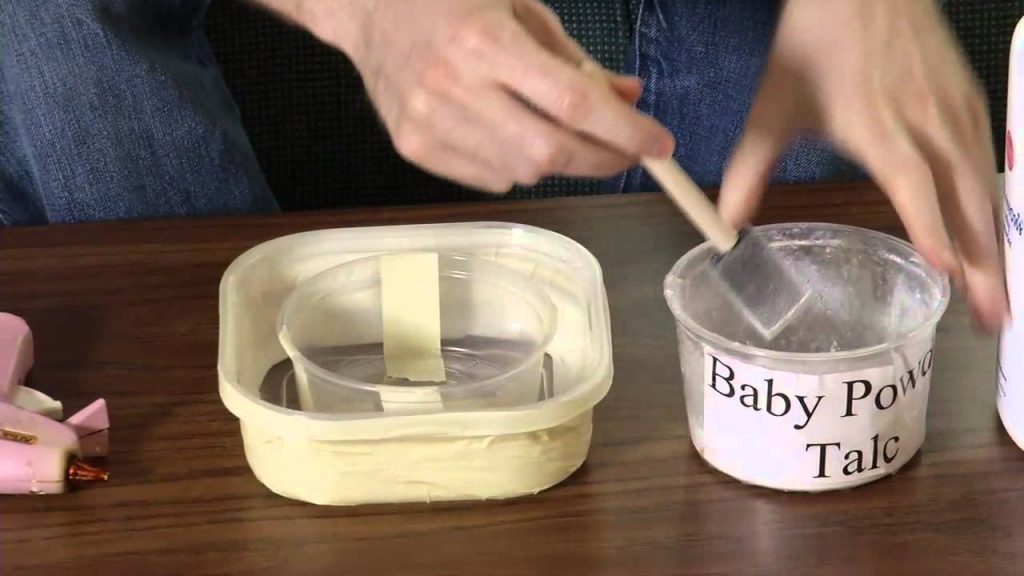As a homeowner, I understand how important it is to keep my home free of pests. One of the most unwanted pests are bed bugs. To prevent these critters from entering my house, I use bed bug traps to keep them away. In this article, I will provide a step-by-step guide on how to use bed bug traps to keep these bugs away from your home.
What Are Bed Bugs?
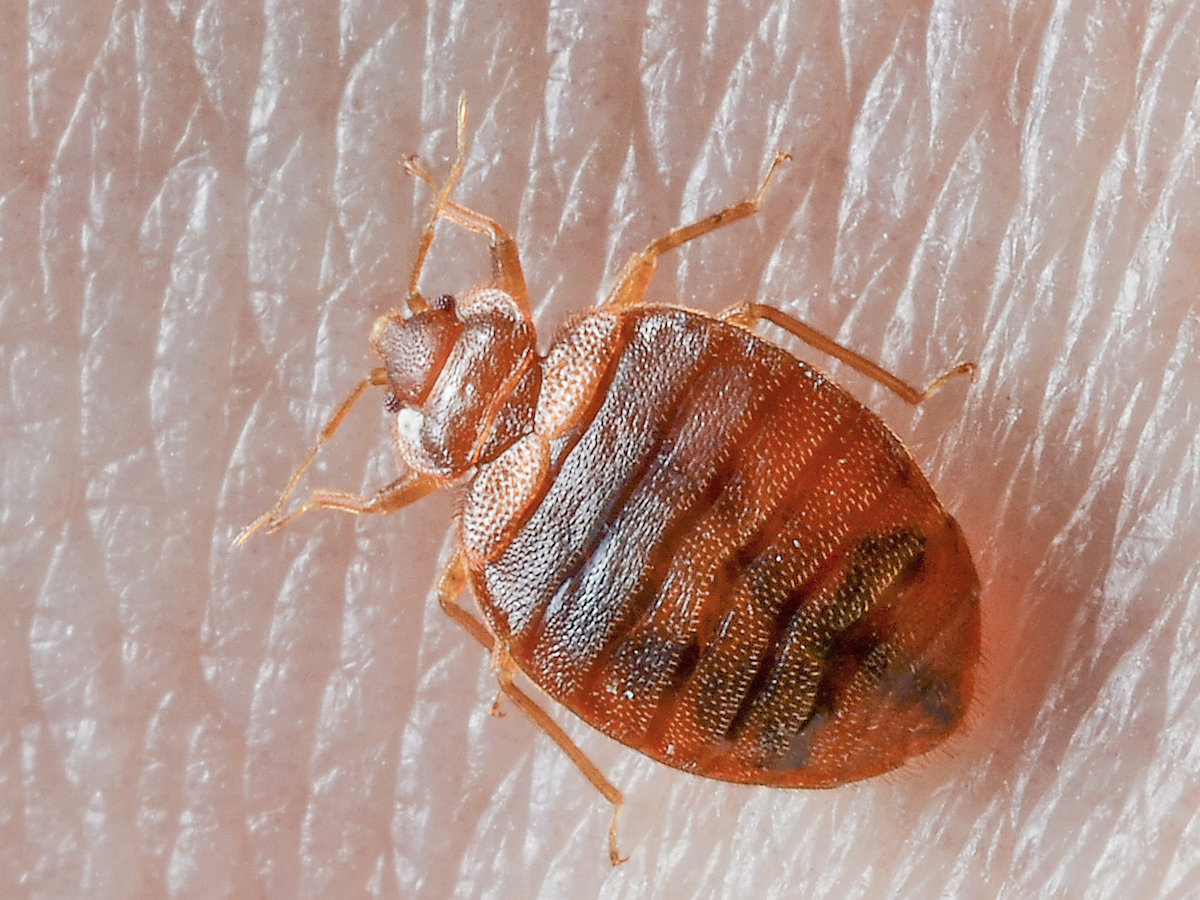
Bed bugs are small, flat parasitic insects that feed on human blood. They are reddish-brown in color, about the size of an apple seed, and typically hide in mattresses, box springs, bed frames, and headboards. Bed bugs can also hide in other items around the bed, including furniture, nightstands, and dressers. Adult bed bugs are wingless, but they can move quickly over floors, walls, and ceilings. They feed on blood every five to ten days, and they can survive for several months without a meal.
Bed bugs can be difficult to identify, as they are small and often go unnoticed. However, they do leave behind signs such as dark spots of fecal matter. If you suspect you have bed bugs, the best way to confirm the presence of bed bugs is to use bed bug traps.
How Do Bed Bug Traps Work?
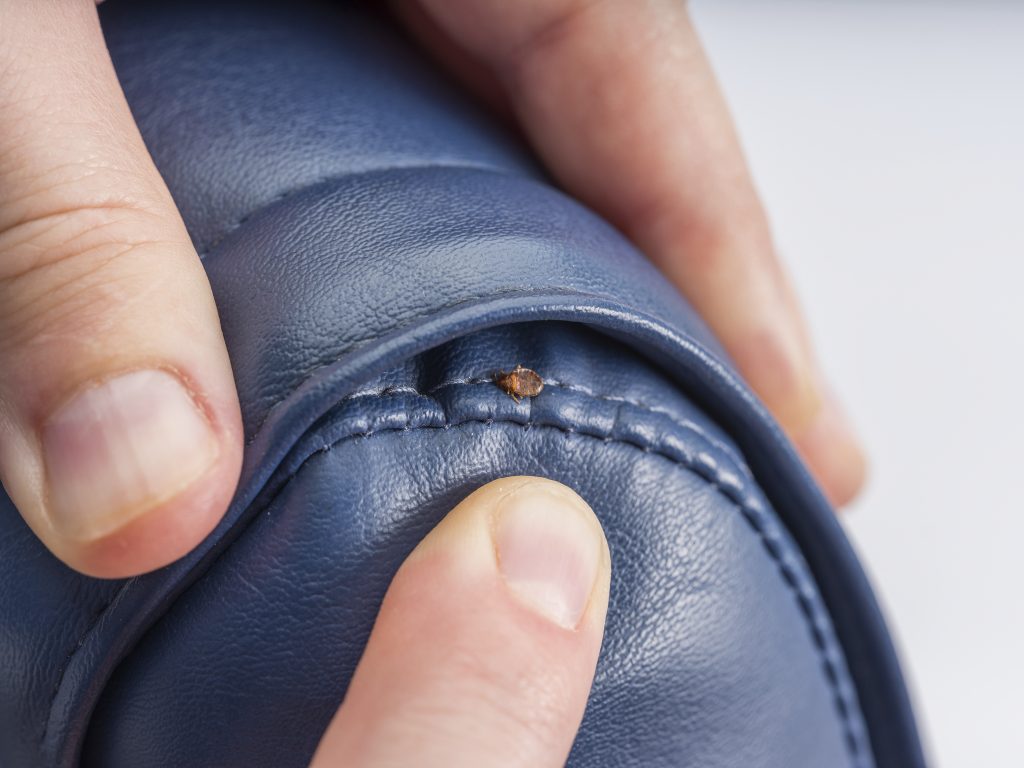
- Bed bug traps utilize the natural behavior of bed bugs to your advantage.
- They are designed to lure the bugs in and then trap them so that they can’t escape.
- The traps use a combination of heat, carbon dioxide, and chemical attractants to attract the bed bugs in.
- Once the bugs enter the trap, they are unable to escape due to the sticky surface that lines the inside of the trap.
- The traps can be placed in the areas where the bed bugs are most likely to be found such as underneath beds, in the corners of bedrooms, and along baseboards.
- The traps should be checked regularly and the bugs should be disposed of properly.
Where to Place Bed Bug Traps
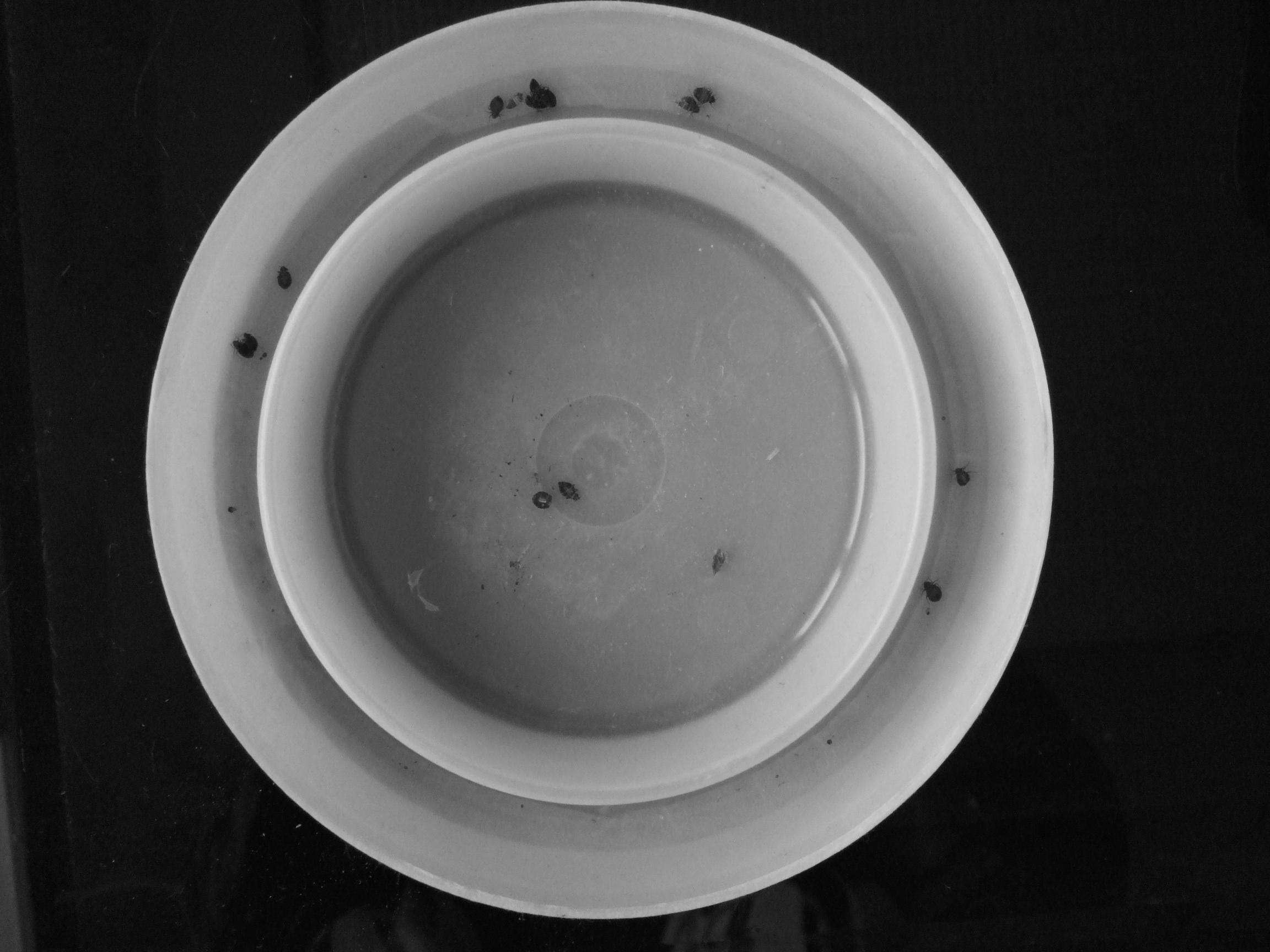
I have placed bed bug traps in the following areas:
| Location | Number of Traps |
|---|---|
| Around the bed frame | 2 |
| Under the bed | 2 |
| Behind the headboard | 2 |
| Under the nightstand | 1 |
| Behind the dresser | 2 |
In addition to these locations, I have also placed a few traps in other areas of the room such as behind the curtains and in the corners of the room.
To ensure the traps are effective, I have also placed them in areas where bed bugs might hide, such as in the crevices of the mattress, between the mattress and box spring, and around the baseboards. I have also placed them near any cracks and crevices where bed bugs can enter and exit.
Finally, I have placed additional traps in other rooms of the house, such as the living room, kitchen, and bathroom, in order to monitor any potential infestations.
How to Make a Bed Bug Interceptor
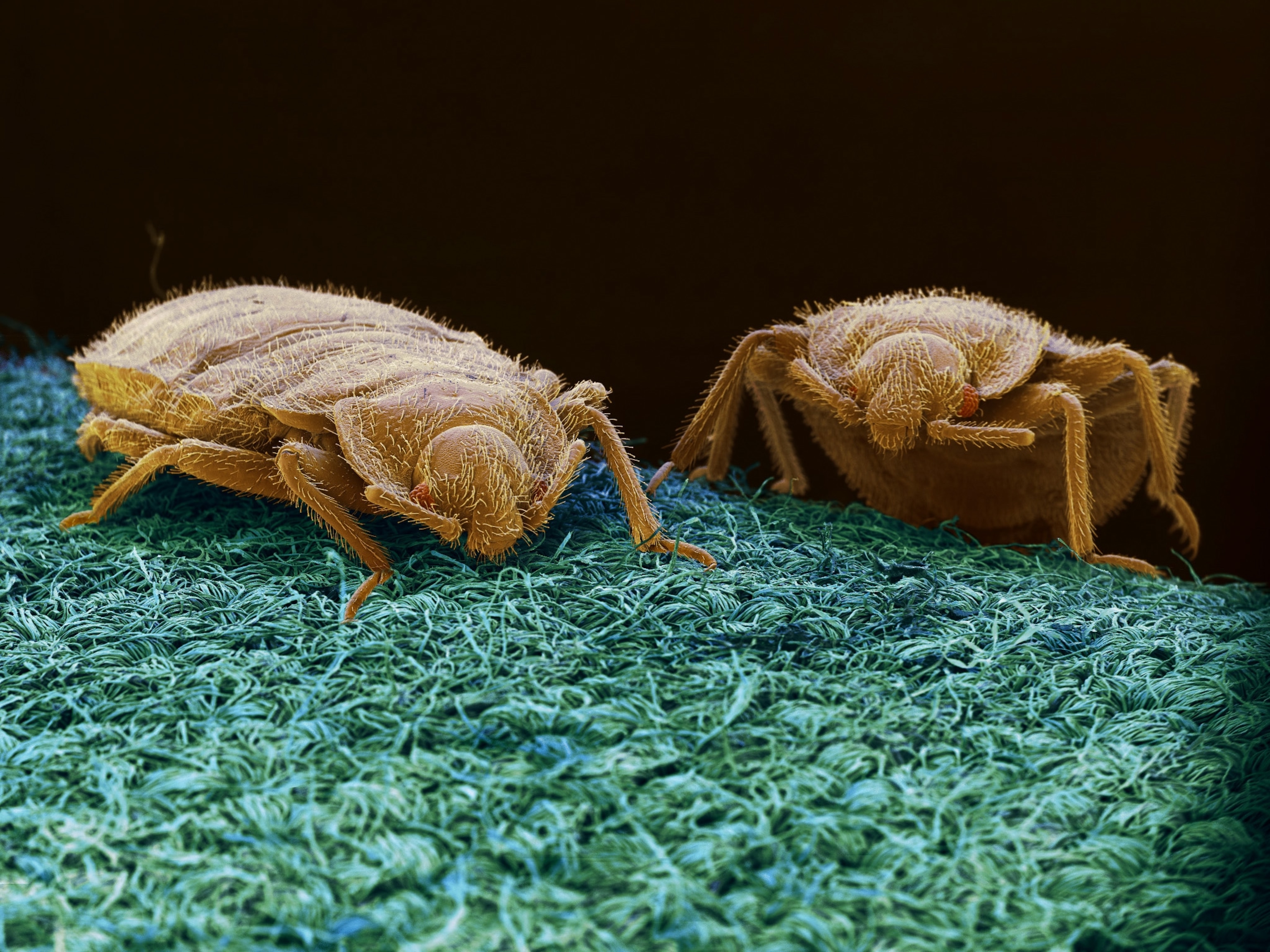
- Gather your supplies: shallow containers, mineral oil and double-sided sticky tape.
- Cut the double-sided tape into strips. For best results, make sure the strips are slightly wider than the container you are using.
- Apply the double-sided tape to the inside and outside of the perimeter of the shallow containers.
- Pour mineral oil into the shallow containers, filling them about halfway.
- Place the containers around the legs of the bed.
- Check the containers every few days and change the mineral oil as needed.
The bed bug interceptor trap is an essential tool in the fight against bed bugs. This simple DIY trap is easy to make and can be used to detect bed bugs and prevent them from getting to your bed. This trap works by trapping the bed bugs as they climb up the legs of the bed and preventing them from reaching their destination. The mineral oil acts as an additional barrier that makes it difficult for the bed bugs to escape. By regularly checking the containers and replacing the mineral oil, you can ensure that your bed is free from bed bugs.
How Effective Are Bed Bug Traps?
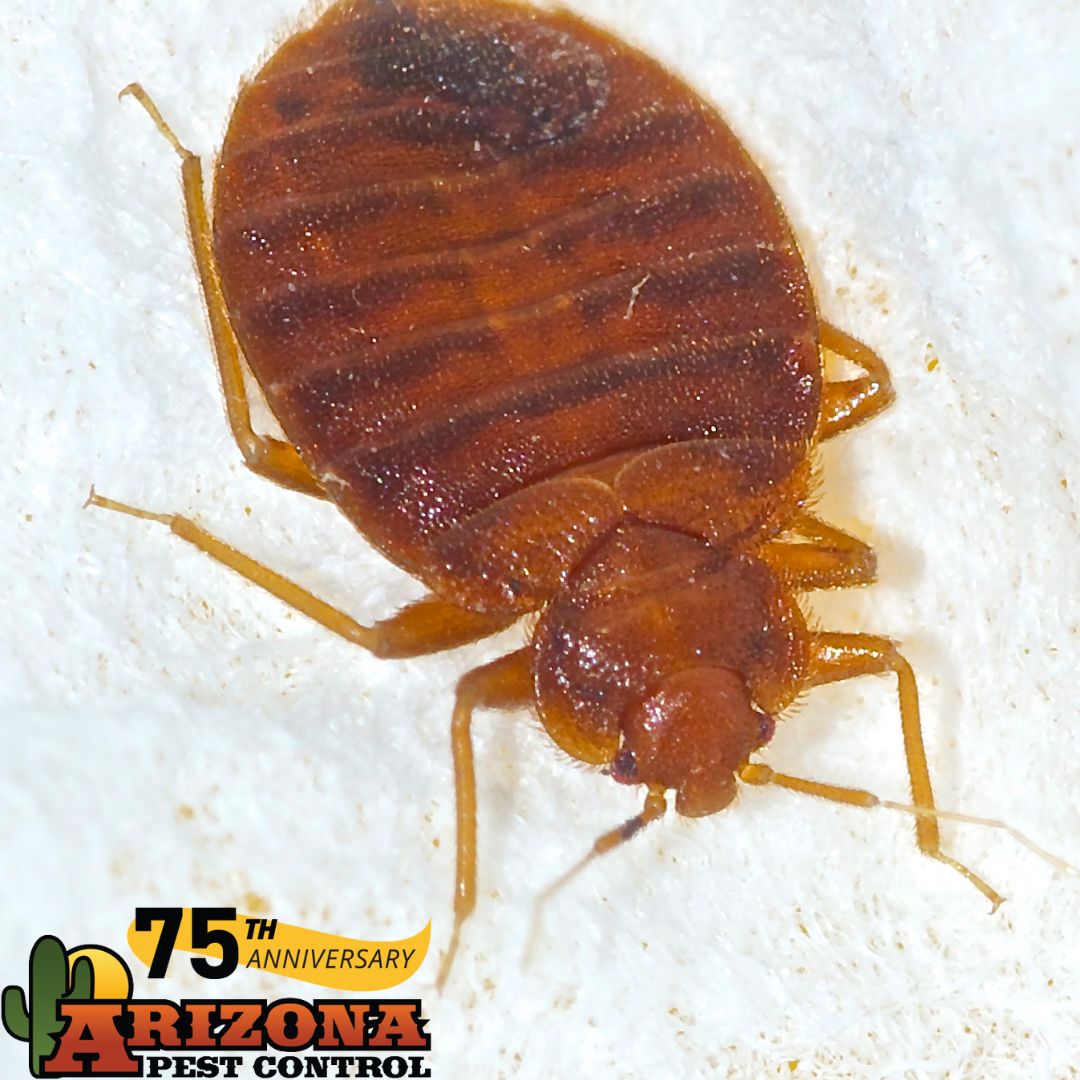
- Bed bug traps are designed to be placed near bed frames or other areas where bed bugs may be hiding.
- The traps contain a chemical attractant that lures bed bugs out of hiding spaces and into the trap.
- The traps are designed to be non-toxic and safe for use in the home.
- The traps are most effective when used in combination with other methods of bed bug control, such as chemical treatments.
- The traps may capture some bed bugs, but they are not a complete solution for eliminating an infestation.
- Traps may be useful for detecting the presence of bed bugs, but they should not be relied upon as the sole method of control.
Bed bug traps can be an effective tool for managing a bed bug infestation, but they should not be relied upon as the only method of control. The traps can help to detect the presence of bed bugs, but they are not a complete solution for eliminating an infestation. For best results, use traps in combination with other methods of bed bug control, such as chemical treatments.
Choosing the Right Bed Bug Traps
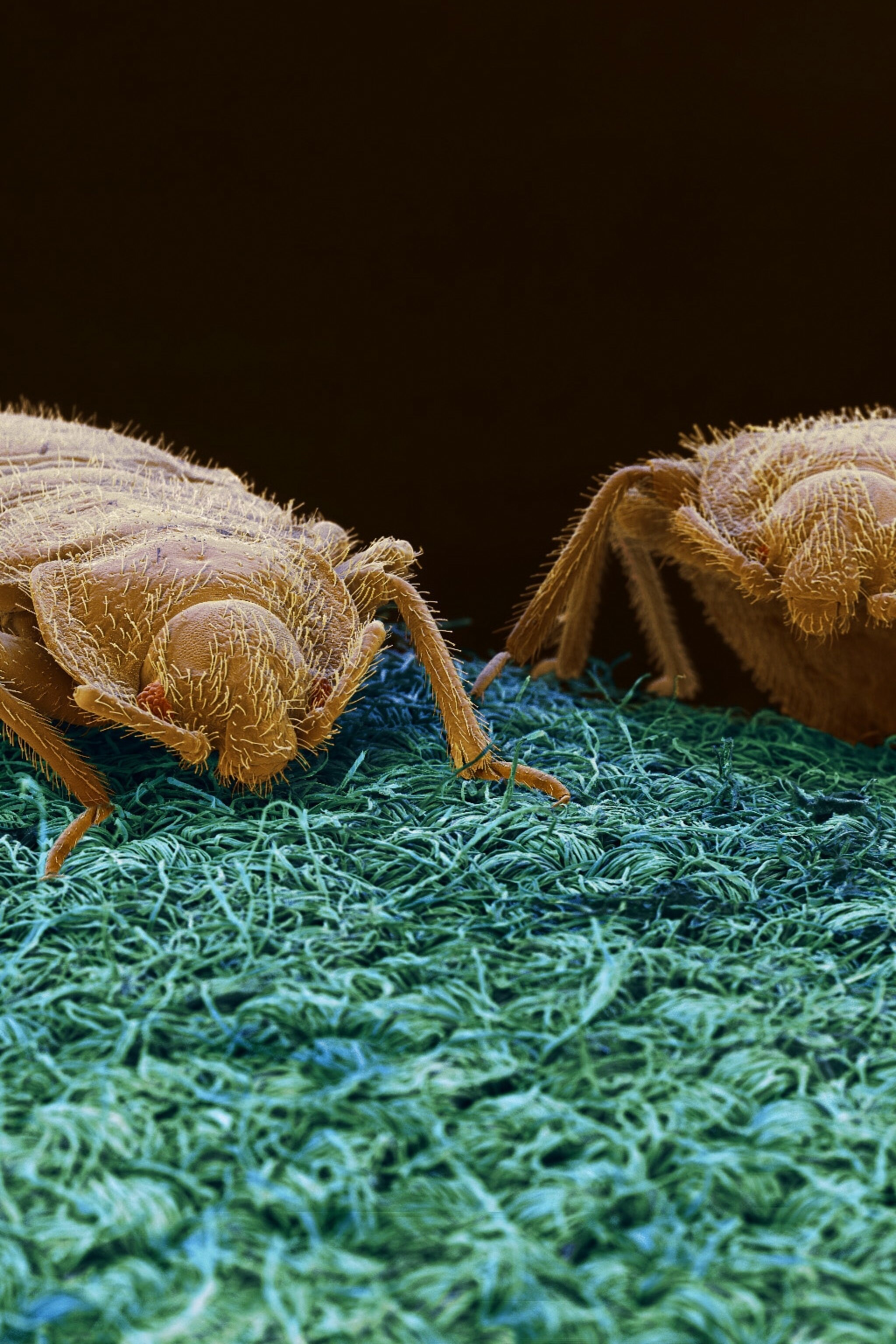
When choosing a bed bug trap, it is important to consider the size of the bed bug infestation and the type of bed bug trap needed. For smaller infestations, glue traps and interceptors may be sufficient for trapping the bed bugs. However, for larger infestations, pheromone traps may be more effective. It is also important to consider the type of bed bug trap that will work best in each room. For example, in bedrooms where there are no furniture items, interceptors should be used because they can be placed directly on the floor. On the other hand, in rooms with furniture, pheromone traps may be the better option since they can be placed under or behind furniture.
When selecting a bed bug trap, it is important to make sure that the chosen product is designed specifically for bed bugs. Additionally, the trap should be checked for any potential safety concerns. The trap should also be easy to use and have clear instructions on how to set it up. Finally, it is important to select a bed bug trap with a long-lasting adhesive so that it is effective for a longer period of time.
Bed Bug Trap Maintenance
- Check the bed bug trap regularly for any trapped bed bugs.
- Clean the bed bug trap by wiping it down with a damp cloth.
- Empty out any debris or dirt from the bed bug trap.
- Inspect the bed bug trap for any signs of damage or wear and tear.
- Replace any parts of the bed bug trap that are worn out or damaged.
- Check the bed bug trap for any cracks, tears or holes.
- Reapply any glue or adhesive that might have come off the bed bug trap.
- Replace the bed bug trap if it has sustained any major damage.
- Check the bed bug trap for any signs of bed bug activity.
- Make sure the bed bug trap is securely fastened to the bed frame.
- Check the bed bug trap for any signs of rust or corrosion.
Tips for Using Bed Bug Traps
I always make sure to place my bed bug traps around the bed frame, the headboard, and other areas where I suspect bed bugs are present. This will give me a better chance of catching any bed bugs that might be hiding in these areas. I try to place my bed bug traps in as many locations as possible so that I can get a thorough inspection of the area.
I also make sure to check my traps at least once a week. If I find any bed bugs in the traps, I dispose of them immediately, and I make sure to clean the area thoroughly.
I also like to use a bed bug monitoring device. This device is a great way to detect bed bugs, as it will alert me when bed bugs are present in the area. This helps me stay on top of any bed bug infestations, as I can take action as soon as the device detects them.
Finally, I make sure to use a vacuum regularly to remove any bed bugs that might be hiding in the cracks and crevices of my bed frame and other furniture. Vacuuming regularly is a great way to keep the bed bug population under control and make sure that any infestations are caught early on.
Frequently Asked Questions
What are the benefits of using bed bug traps?
Bed bug traps can help to detect and monitor bed bug activity, allowing for early detection of an infestation and enabling targeted treatment. They are non-toxic, easy to use and are generally cost effective. Bed bug traps are also highly effective in areas where chemical treatment is not possible or preferred.
How often should bed bug traps be replaced?
Bed bug traps should typically be replaced every 3-4 months in order to stay effective. If the traps are used in a heavily infested area, they should be replaced more frequently – at least every month. It is important to replace the traps regularly to maintain an effective level of monitoring and trapping.
What ingredients are needed to make a bed bug interceptor?
Bed bug interceptors are a type of bed bug trap made from plastic or other non-toxic material. The interceptor consists of an outer ring, an inner well, and a talcum-like powder in the well. The powder, usually diatomaceous earth, acts as an adhesive, trapping the bugs as they climb up the walls of the interceptor. The interceptor should be placed beneath the legs of beds, chairs, and other furniture to prevent the bugs from crawling up.
How should bed bug traps be positioned in a home?
Bed bug traps should be placed around the perimeter and in the center of the room, as well as along the baseboards and under furniture. Traps should be placed on the floor, as well as on bed frames and headboards. Traps should also be placed in any crevices or cracks that may be present in the walls or floors. Traps should be checked regularly to ensure they are still effective.
How long does it take for bed bug traps to be effective?
Bed bug traps typically take up to a few weeks to be effective. The traps should be placed near the bed, as close to the floor as possible, and in areas where bed bugs are likely to congregate. Check the traps regularly and dispose of any bed bugs you find. With regular inspections, you should start to see a decrease in the number of bed bugs within a few weeks.
Conclusion
Bed bug traps are an effective way to keep bugs away from your home. They are easy to use, cost-effective, and provide long-lasting protection. While traps may not completely eliminate a bed bug infestation, they can help to significantly reduce the number of bugs in your home. Additionally, using traps creates an additional layer of protection from bed bugs, as well as other pests. If you have a bed bug problem, be sure to use traps as part of your treatment plan.
